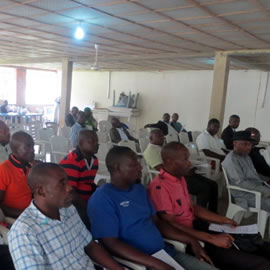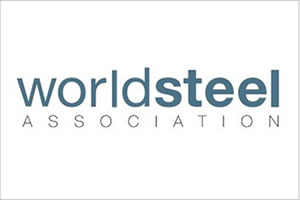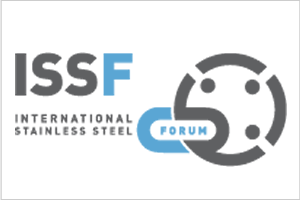Introduction to Health, Safety & Environment
Stainless steel products play an active role in improving the hygiene in restaurants, public kitchen, schools, local health centers etc. This is so, especially in emerging markets such as India, Mexico, China and the likes (Developing countries). One of the major features in these markets is the changing social and living-habits in the urban and rural areas. Increasing consumer preference is felt for hygienic, aesthetic and easy maintenance qualities of stainless steel in labor saving devices. Stainless steel is preferred more with reference to particularly the increasing number of women joining the work force and the attendant requirements of modern kitchen and household equipment, ready-to-use foods, emergence of fast food outlets etc. and the industrial units mushrooming in this sector.
Health & Hygiene
Stainless steel’s cleanability is similar to that of glass and china and far superior to plastics, aluminum and earthenware. The properties of corrosion resistance, durability, flavor protection, economy and aesthetics have led to its acceptance to countless food related applications. Stainless steel is becoming increasingly popular and more widely used as a food container in rural areas of the developing economy. In the given set of conditions in the developing economy, where the food is prepared and sold widely in the streets or even stored in the open, exposed to polluted atmosphere and dust, stainless steel helps to minimize the damage and risk to the human health.
In food service equipment, stainless steel is required to resist aggressive fluids, abrasive materials and impacting utensils, to give off no undesirable compounds and to maintain its attractive appearance. Stainless steel’s ability to meet these stringent demands and simultaneously provide superior cleanability and, critically, hygiene has led to the material’s acceptance as the number one choice in the food service industry.
Safety in Stainless Steel
In the stainless steel industry, we always preach safety first. It is very paramount to ensure an injury-free and healthy workplace. Majority of the work related accident cases could have been prevented or mitigated if safety best practices were put in place and enforced by the stainless steel companies.
The association’s aim is to set a safety model for all the stakeholders in the Nigerian stainless steel industry by advocating safety for all. Every employer in the industry should implement good safety practices, deliberate actions that will help improve the safety awareness of the entire stainless steel industry.
Environment & Recycling
Stainless steels resist denting, nicking and scratching under the most vigorous of operating conditions. Stainless steel provides excellent toughness, ductility, weldability, formability and work hardening characteristics. Excellent cryogenic and high temperature oxidation resistance is also provided. Stainless steel’s high strength permits the use of lighter gauges than other metals - and at prices competitive with most of them. Because stainless steel does not corrode under normal conditions and never needs paint, costly maintenance is cut to the bone. When the total life cycle costs are considered, stainless steel is often the least expensive material option. Stainless steel needs no maintenance and can be kept clean, bright and beautiful simply by wiping and washing with water.
Stainless steel is environment friendly. It can be recycled, reduced or remade. In fact, disposal properties are a particular asset of stainless steel. Stainless steel is theoretically 100% recyclable. If passed through a waste incineration process.
"Extracted from World Stainless Library"












